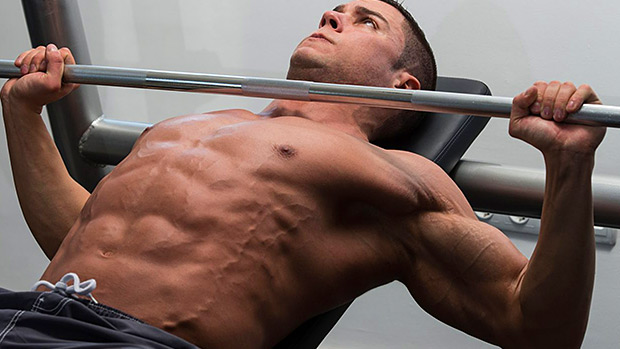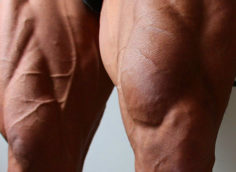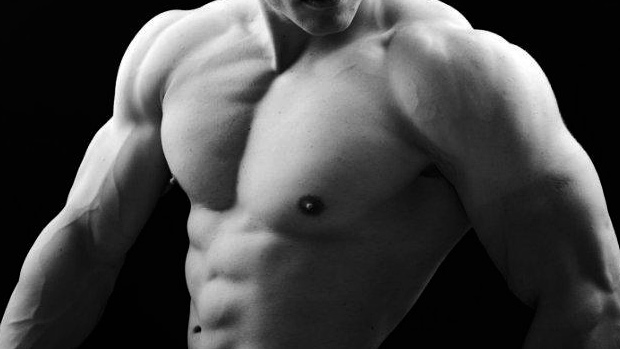Mind-Muscle Connection Vs. More Weight
Here's a question we recently received on the T Nation Instagram page:
"If you can increase the weight on an exercise, but you stop feeling the target muscle working with that load increase, is it better to go up in weight or to stay at the same weight and feel that mind-muscle connection? My main goal is hypertrophy."
Answer: It really depends on the exercise and the purpose of that exercise.
Your main goal is hypertrophy, so maintaining a proper mind-muscle connection with the target muscle is more important than someone training for strength, for whom the main goal is moving more weight from point A to point B.
Even in the case of someone training for strength, not feeling it in the right muscle might be a sign of compensation and not using the right muscles to do the work.
When I'm training someone for strength, I'm normally more permissive on the main lift of the session (allowing them to feel it a little less), BUT if the lifter feels it more in the joints than in the muscles, I decrease the weight.
On the assistance work, I won't increase the weight if the feeling is lost because the purpose of the assistance work is to fix a weakness. Losing the feeling is normally a sign of compensation which means the exercise won't optimally target the weakness I'm trying to fix.
When training for hypertrophy, feeling it in the right muscle is even more important. A study by T Nation authors Dr. Brad Schoenfeld and Dr. Bret Contreras has recently shown that the hypertrophy response is greater when the mind-muscle connection is better. (1)
However, I want to mention one caveat. Dr. Nick Winkelman, who's the head of Athletic Performance & Science for the Irish Rugby Football Union and one of the world's best experts on cueing, has shown that when it comes to performance and complex movements, external cues and focus is better than internal cues and focus.
This means that when doing a multi-joint lift (bench press, squat, deadlift, Olympic lifts, military press, pull-ups, etc.) it's best to have an external focus. External focus is when you put your body in relation to the surroundings to have the whole body do the right thing. For example...

For the Romanian Deadlift
- Don't think about loading the hamstrings (internal focus).
- Do think about bringing your glutes to the wall behind you (external focus).
For the Power Clean
- Don't think about contracting your calves and traps (internal focus).
- Do think about pushing the floor away explosively (external focus). Or think about hitting the ceiling with your head.
For the Bench Press
- Don't think about squeezing your shoulder blades together (internal focus).
- Do think about spreading the bar apart or about pushing yourself into the bench (external focuses).
For the Squat
- Don't think about pushing your knees out (internal focus).
- Do think about screwing your feet into the floor (external focus).
On isolation movements and machine exercises you should have an internal focus, think about squeezing the target muscle. But on multi-joint free weight exercises you should have an external focus.
In a squat, bench, or RDL, feeling the exercise properly will come from focusing on optimal lifting mechanics – perfect technique. If you stop feeling the big lift properly (you start to feel it in your joints or you feel unstable) then the weight is too heavy for your level of technical mastery.
"Feeling" an isolation exercise or machine movement is not the same as "feeling" a multi-joint free weight lift. Feeling an isolation exercise is all about maximizing the mind-muscle connection with a single muscle.
In a multi-joint movement, it's all about spreading the load over the muscles in the best way possible. You might not feel the same direct tension in one muscle, but the lift just "feels good."
On isolation and machine exercises, if you lose some mind-muscle connection, decrease the weight.
On multi-joint free weight lifts, decrease the weight only if the technique feels off or you start to feel the weight more in the joints than in the muscles.
- Schoenfeld BJ et al. Attentional focus for maximizing muscle development. Strength Cond J. 2016 Feb;38(1):27-29.





